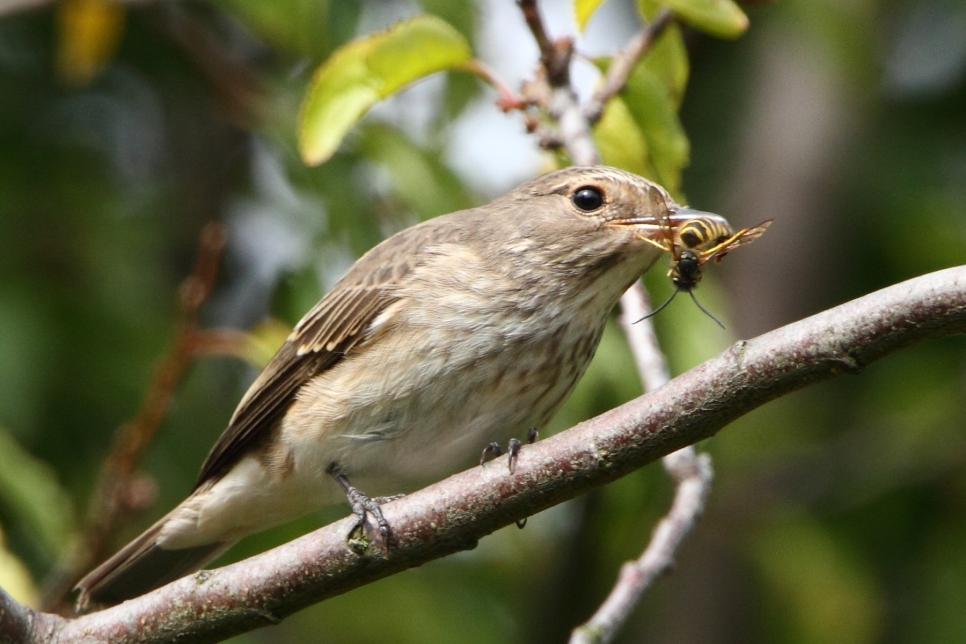Latest Sightings

It’s a really exciting time to visit the reserve, as the signs of spring are coming thick and fast. 18 avocets were seen on the mere and at Ron Barker this morning. Other plants are joining the snowdrops: wild garlic, herb Robert and lesser celandine to name a few.
2 curlew have been seen circling above the mere over the past few days. 6 ruff and 33 black tailed godwit were seen on the mere. Oystercatcher numbers are growing, with over 150 on Friday. The oystercatchers in the UK tend to spend their winters by the coast and move inland to breed, and the wintering ones are joined by birds from Norway and Iceland. There were 610 lapwing on the reserve this morning. Redshank, dunlin and ringed plover were seen on Woodend marsh.
In duck news, we counted 599 mallard, 555 teal, 257 shelduck, 231 wigeon, 193 pintail, 18 pochard, 16 gadwall, 12 tufted duck and 9 shoveler on the reserve today.
Two little grebe were seen on the reedbed this morning.
More reed buntings are coming to the feeders as their other food sources are depleted. A coal tit was seen on the path between Raines and Discovery and a tree sparrow was seen calling from a tree above the feeders at Raines.
The gull roost seems to be growing on the reserve nightly. 805 black headed gulls were counted, along with two great black backed and one lesser black backed. Excitingly a Mediterranean gull was seen in the roost this weekend.
Over 3000 pink footed geese were roosting last week, along with over 400 whooper swans. Greylag numbers have dropped to 12 while Canada goose numbers have risen to 71.
Great white egret, cattle egret and little egret have all been sighted in the past week.
Cormorants have moulted into their subtle breeding plumage, the adults amongst the 16 we counted sporting their cheeky white thigh patches.



